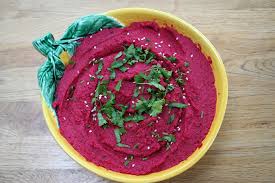
Can You Get Enough Protein From Vegan Foods?
With more and more people integrating plant-based meals into their diet it’s important to understand the nutritional value provided by those foods, in particular from a protein perspective and to understand whether we are getting the same amount, more or less than from a more meat-based diet.
COMPLETE PROTEINS
The first thing to highlight is that not all proteins are equal. Whilst you will see lots of lovely infographics showing just how much protein is in a portion of nuts or a lentil dahl the reality is that many plant-based nutrients lack what meat, fish, dairy and eggs do not and that is all 9 essential amino acids.
Amino acids are known as the building blocks of proteins. There are 20 of these amino acids that make up the whole protein, 11 of which our bodies can create on their own. The other nine are called “essential amino acids” and we must consume those through food. Food (or a combination of foods) that contain all 9 of the essential amino acids is referred to as a complete protein.
COMBINING PROTEINS
Whilst there are some plant-based proteins that do contain all nine of these essential amino acids including quinoa, buckwheat, chia and hemp seeds as well as soy, there are many more plant-based proteins that do not. The good news is that they contain a variety of some of the nine and so by combining a couple of plant-based protein sources it’s very easy to create a combined complete protein.
THE WINNING COMBINATIONS
Wholegrain and Nuts
Wholegrain and Seeds
Nuts and Pulses
Seeds and Pulses
Pulses and Wholegrains
Pulses and Wholegrains
OR
Any of the plant-based complete proteins and veg/fruit.
DELICIOUS COMBINATIONS
Wholewheat pitta hummus
Wholewheat toast and nut butter
Porridge and seeds
Satay chickpea curry
Hummus alone – chickpeas and tahini (seed butter)
Lentil dahl and brown rice
Blackbean chilli and brown rice
